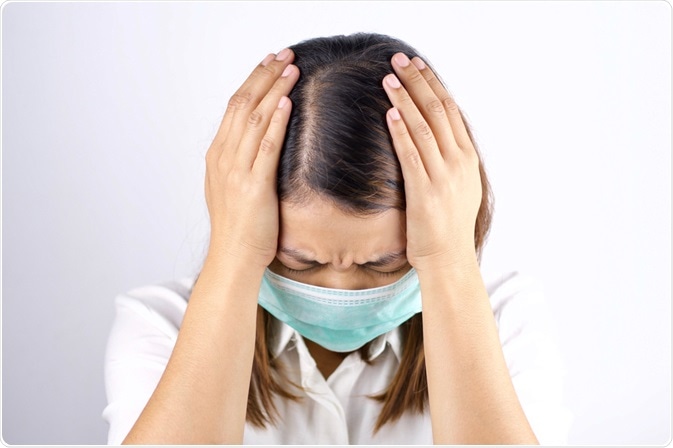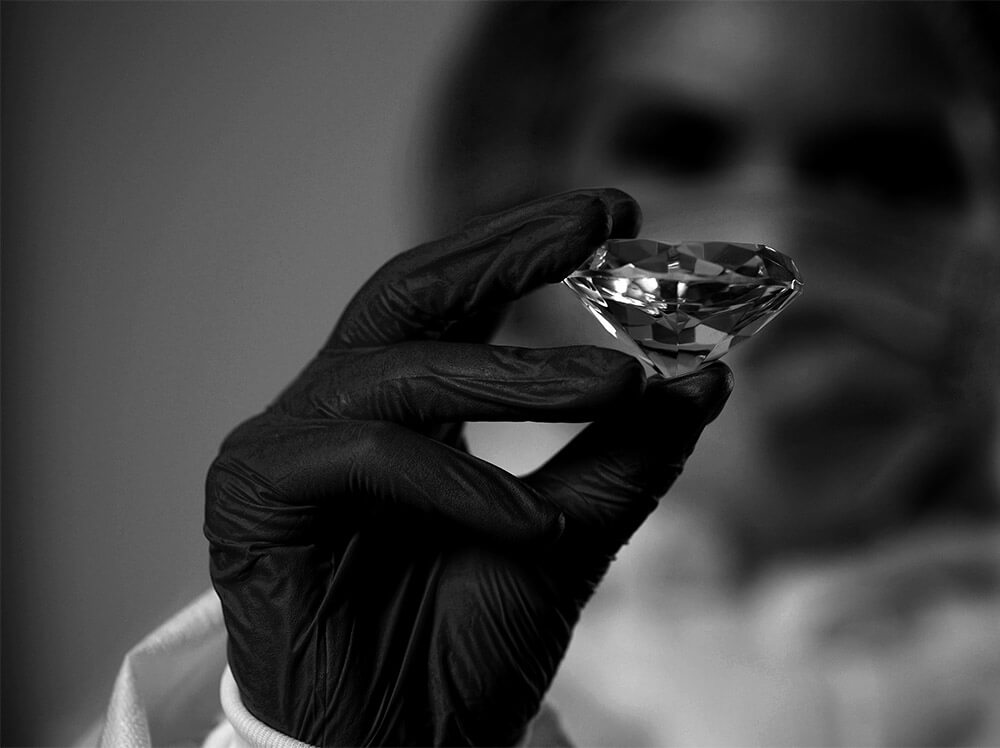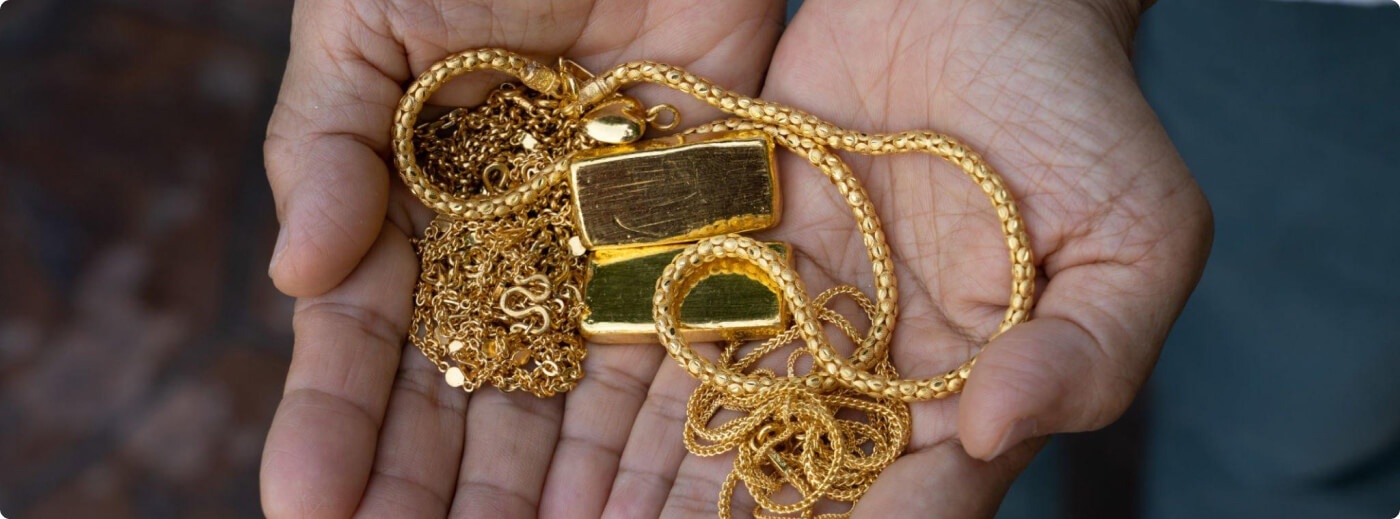
Headache is the most common disorder in the nervous system. Suffering from headaches can make you distressed and immobilized you from participating in productive activities. There are a few types of headaches that commonly happened such as migraine, cluster headache, and tension-type headache. The global active type of headache predominantly affects females that occurs between ages 25 to 55 years old. Besides that, blunt pain also known as dull pain can be termed as a chronic or consistent pain. It is an ache that specifically attacks certain areas but it does not stop you from your daily activities. Examples of dull pain such as headache, a strained muscle, and a bruised bone. Doctoroncall has many medical specialists that can assist you on how to recover from severe headaches and blunt pain respectively.
What Are The Factors That Cause Severe Headache?
- Poor diet and nutrition
- Sleep deprivation
- Physical factors such as injury
- Environmental stress such as pollution or noise
- Mental disorders such as anxiety, depression, and intense stress
- Medical conditions such as high or low blood pressure and other diseases
What Are The Types Of Headaches?
Migraine, tension-type, and cluster-type headaches have caused public health concerns because it has driven a significant level of disability and illness among societies. The following are the characteristics and differences of each type of headache.
Migraine
The most predominant type of disorder which often associated with one-sided pain and the pain is very severe, lifelong and has a high chance of relapse. However, medications can help the patients to counter the pain and prevent the symptoms from getting worse. There are 4 stages of migraine which are prodrome, aura, headache phase, and postdrome.
Symptoms Of Migraine Include:
- An aura is a condition of migraine which affects the nervous system primarily visual or sensory symptoms subsequently followed by headache accompanied by nausea, vomiting, and sensitivity to light.
- The prodrome, which exists in 60% of patients, can last from hours to days. The symptoms such as depression, irritability, hyperactivity, cognitive abnormalities, euphoria, and stiff neck. Food craving is also may be part of the onset.
- The migraine is often followed up with postdrome, the patients may experience poor concentration and weariness.
Tension-Type Headache
Tension-type headache is not severe as migraine and is well tolerated. It is the most common primary headache disorder affecting at least 80% of the population. Tension-type headache is also known as dull, occurs on both sides of the head with moderate pain. It normally begins at the back of your head and the pain moves forward and makes your neck, jaw, and shoulder muscles feel stiff and sore. This type of headache does not require medical attention and often times disappear on its own. In contrast to migraine, you will not experience any nerve symptoms, such as muscle impaired or blurred vision. Tension-type headaches won’t make you feel severe headaches, stomach pain, nausea, vomiting, or sensitivity to light or noise. Meditation, yoga, and deep breathing help to relieve the symptoms of tension-type headaches.

Symptom Of Tension-Type Headache Include:
- Sleep difficulty
- Mild pain on the front, top, and side of your head
- Fatigue
- Irritability
- Muscle pain
Cluster Headache
Cluster headache is an episodic excruciating pain that happens most commonly in men and is also known as suicide headache. The pain is very severe and can occur 1 to 8 times per day and last for months or years before the headache can start again without warning. Cluster headaches often awaken the patient after falling asleep and attack at the same time every day. This situation may end up patients feeling restlessness and pacing. Up to date, Scientists haven’t discovered what is the cause of cluster headaches. The headache is frequently associated with pain around the eyes. The pain can be more severe than migraine but acute. Cluster headaches cannot be treated with normal medications such as pain killers instead require intensive medications such as sumatriptan injections or oxygen therapy.
Symptoms Of Cluster Headache Include:
- Restlessness and agitation
- Sweating
- Watery eyes
- Swollen eyes
- Drooping eyelid
- Mild burning feeling
- Face redness
- Blocked nose
It’s advisable to take Covid 19 Vaccine.








